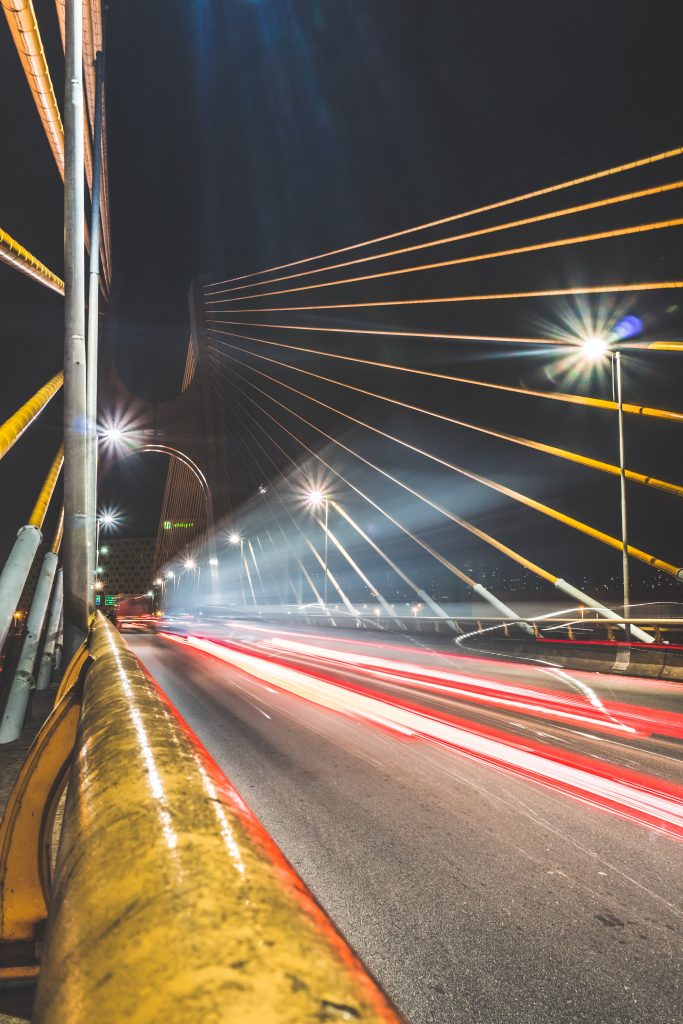When designing street lighting, a variety of design solutions that meet the requirements of lighting standards should be proposed, and comprehensive technical and economic analysis and comparison should be performed to select the best solution that is technologically advanced, economical and reasonable and energy-saving. Among them, the performance indicators of the light source and ballast should meet the requirements of the energy-saving evaluation value specified in the current national energy efficiency standards; when selecting the lamps, the conventional road lighting lamps should be uniform under the premise of meeting the relevant standards of the lamps and the requirements of light intensity distribution and glare limits. The degree of power should not be less than 70%, and the uniformity of the floodlight should not be less than 65%. The power factor of the gas discharge lamp circuit should not be less than 0.85.
Urban road lighting engineering design and energy saving
The purpose of urban road lighting is to create a good viewing environment for drivers and pedestrians, so that people can reach the destination safely, quickly and comfortably; and to reduce the occurrence of crimes against persons and properties. There are usually more pedestrians on the sidewalks in cities, so the main road lighting in the city should not only illuminate the road surface, but also properly illuminate the sidewalks, and make the semi-cylindrical illumination meet the standard requirements, which is conducive to the rapid detection of people or animals Potential unsafe factors such as crossing roads.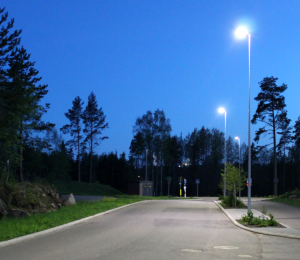
Design is the source of energy saving. Urban lighting engineering design should be carried out by professional designers. The nature and function of the road should be strictly followed when designing the corresponding illuminance and energy density standards to determine the most energy-efficient lighting spacing, light source, power supply route, control system, etc. This requires road lighting engineers not only to have a good sense of professional responsibility, more comprehensive technical quality, and to master scientific lighting design methods. When designing road lighting, designers should ensure the effect of lighting and achieve the purpose of urban road lighting, so as to maximize energy conservation and investment, and reduce operation and maintenance costs.
Adopt a reasonable light spacing
The proper spacing of street lamps is directly related to the lighting effect. The installation distance is particularly important for energy saving, so increase the installation distance as much as possible.
If it is arranged symmetrically on both sides, with a distance of 30 meters, 66 lights per kilometer, such as 250w, for each light on for 10 hours, the power consumption per kilometer is 66*250*0.001*365*10=60225kwh (excluding ballasts) loss). If the distance is 40 meters, with 50 lights per kilometer, the power consumption is 50*250*0.001*365*10=45625kwh, which saves 14,600 kilowatt-hours of electricity per kilometer.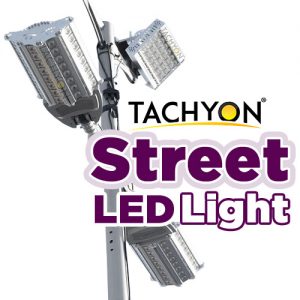
Assuming that the country is calculated with an annual increase of 25,000 kilometers of urban roads, it can save 365 million KWh of electricity and save $300 million in lamp pole investment ($735 per pole), which is considerable. Of course, this is calculated on the premise of meeting the standard without considering the road intersection and isolation zone segmentation to affect the spacing arrangement. It can be seen from the above that under the premise of meeting the standard, the spacing of the lamps is of great significance to energy saving.
Selection of street light source
At present, the main types of light sources used in street lighting are: metal halide lamps, high pressure sodium lamps, incandescent lamps, compact fluorescent lamps, etc. Under the same electric power, the energy of the high-pressure sodium lamp is about 40% higher than that of the metal halide lamp, and the fog penetration performance of the sodium lamp is better; according to the road lighting requirements of the same illumination standard, the power consumption of the metal halide lamp source is more than that of the high-pressure sodium lamp. Therefore, high-pressure sodium lamps are widely used in urban road lighting projects.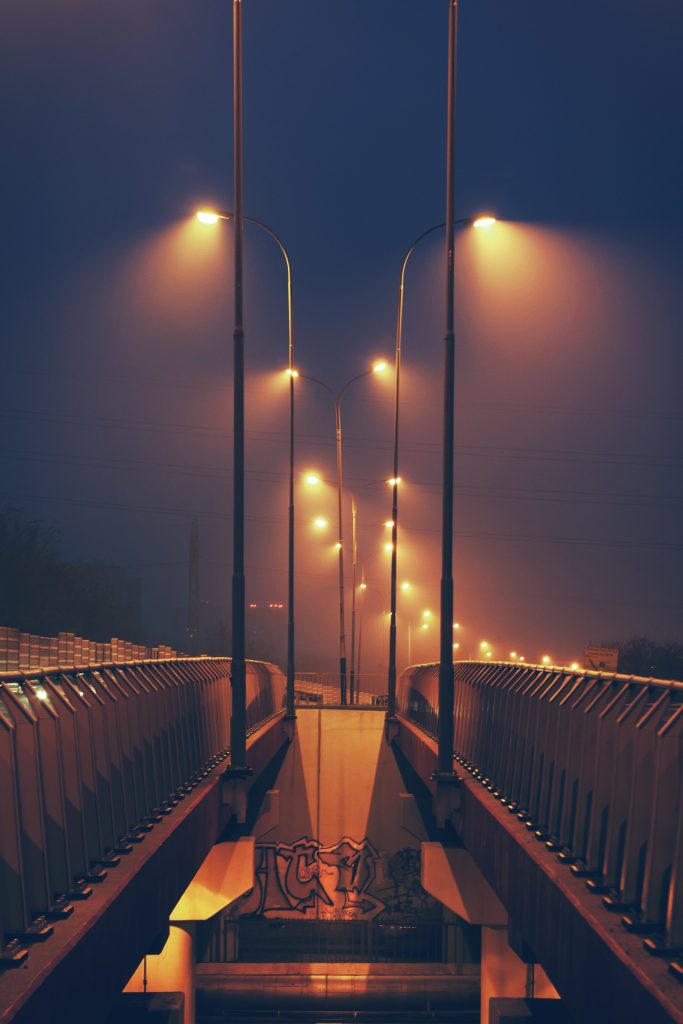
With the development of science and the mature technology of LED light source, LED light source is vigorously promoted and applied in many large and medium-sized cities. The LED light source is characterized by long life, high efficiency, energy saving, safety, and environmental protection. According to experts, compared with high-pressure sodium lamps, the new high-power LED street lamps can save 80% of electric energy, and can basically replace the high-pressure sodium lamps commonly used in street lamps in terms of lighting effects. The power consumption of the LED light source is 18.7% of that of the high-pressure sodium lamp, which can save more than 80% of the power.
The replacement cost and maintenance cost of high-pressure sodium lamps are 5 times that of LED street lamps. It can be seen that LED street lights can not only save energy than high-pressure sodium lamps, but also save a lot of replacement costs and maintenance costs. Therefore, the wide application of LED light sources in urban road lighting is bound to be the general trend.
Power supply route design
The characteristic of street lamp engineering is that the line is long, and the current on the line is not necessarily very large. The power supply radius of the street light distribution circuit is generally up to 800 meters. As the distance between the lamp and the power supply terminal increases, the voltage gradually decreases. If the circuit design is improper, the remote voltage may not meet the normal maintenance voltage required by the light source; solve the problem of line voltage drop The method is to install a compensation capacitor.
At present, there are two types of capacitor compensation methods used in the design of international general urban road lighting projects: one is centralized compensation at the power supply of street lamps, and the other is distributed compensation at the lamps. Using the centralized compensation method at the street lamp power supply does not reduce the power consumption of low-voltage wiring. The use of single-lamp decentralized compensation will undoubtedly reduce the loss of the line from the street lamp power supply to the street lamp lamps and will achieve a better power saving effect.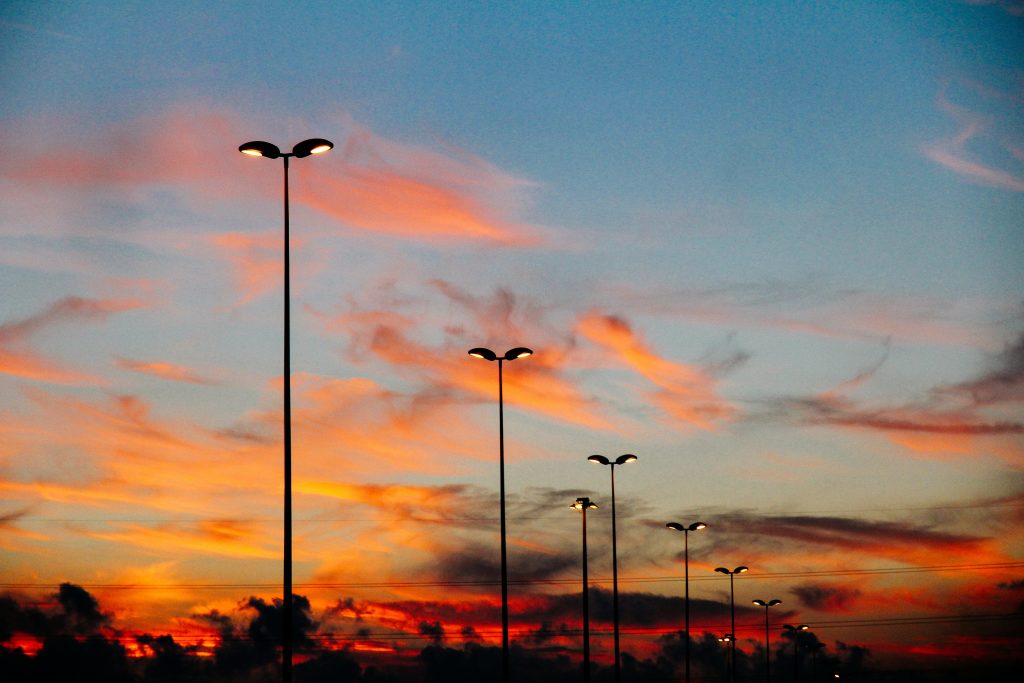
The light source used in the street lamp is basically a gas discharge lamp, and its power factor is quite low, generally between 0.40 and 0.6, so that the loop current is large and the loss generated on the line is considerable. The power factor of a single lamp after capacitance compensation is not less than 0.80. According to calculations, 100 250W high-pressure sodium lamps installed on a road were subjected to capacitor reactive power compensation, and the power factor was increased from 0.44 to 0.80. As a result, the power supply current was reduced from 300A before compensation to 141A, and the working current dropped by about half, indicating that The lighting system frees up half of the capacity space for the power supply system through reactive power compensation, enabling the power supply equipment to regain a considerable amount of power supply potential.
On the other hand, since the futile round-trip of more than 100 amperes of current is reduced on the power supply line of the lighting system, the voltage loss and power loss on the line will be greatly reduced, and the temperature rise of the cable will also be reduced.
Control system and energy saving
For many years, the management and control methods of street lights have mainly adopted the following methods: switch lights are time-controlled, and fault inspections rely on manual inspections. With the expansion of cities and the rapid increase in the number of street lights, this control method has become increasingly unsuitable for urban development in terms of real-time fault monitoring and processing, on-demand control, and energy saving.
The wireless monitoring street lamp control system applies computer network, ultra-short wave communication, data transmission, large-screen projection and other technologies to form a wireless remote control, telemetry, remote communication and data information processing functions. It realizes the monitoring, measurement and control of each street lamp control box in the form of data through radio between the main control room and each road sub-control station, and realizes the intelligent management of street lamp monitoring. It is possible to accurately remotely switch the lights on urban street lights in large and medium-sized cities to avoid energy waste caused by early or late turn-off.
The operation loop of the control system is generally 2 to 3 times, which are used as street lights in the middle of the night, street lights in the middle of the night, and other street lights. Each operation loop can have multiple outlet air circuit breakers. The cable outlet adopts the way of single power supply on one side of the road (that is, single loop power supply), but the special-shaped wiring method of single-sided single cable outlet is adopted in the wiring method.
That is, the wiring method of the light pole cables is in accordance with the normal ABC sequence, but the cable cores of the same phase (such as phase C) of the cables on both sides of the supply road (the upper and lower midnight cables) are exchanged in the control box, so that In the middle of the night, the lights are all on, in the middle of the night, one side is on 2P3 (that is, 1 #, 2 #, 4 #, 5 #…… lights up), and the other side is on 1P3 (that is, 3#, 6 #, 9 #…… Lights up), so that the transformer can still provide three-phase balanced power supply in the middle of the night, and its illuminance is basically uniform. Because of the scarcity of vehicles and pedestrians in the middle of the night, it can meet the requirements of walking safety.
For example, the electricity bill for street lights in the city of Los Angeles is about $735,300 per year. If the all-night light and midnight light are used for energy-saving control methods, that is, after 12 o’clock in the evening, half of the lights are turned off, and the electricity bill can be saved about $183,823 per year.
Urban road lighting is an important part of city night scene lighting, and as one of the most basic components of the city, it is the most intuitive place to display the image of the city. The energy-saving design of urban road lighting projects is of great significance for improving energy utilization efficiency and reducing unnecessary energy waste.


